Rags to riches to rags: The rise and fall of Internet Explorer
Originally posted by Brad Jones, Digital Trends
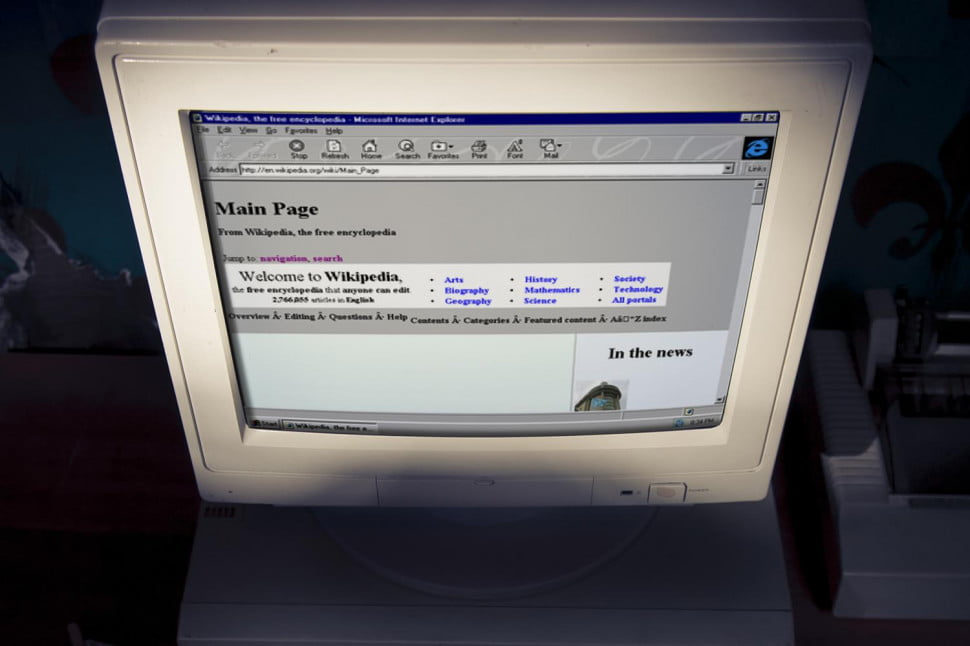 Last month, Microsoft announced that Project Spartan will replace Internet Explorer as the default browser for the Windows platform, ending the software’s twenty-year run as an integral part of the Windows ecosystem. IE guided many people as they took their first steps into the wild world of the Internet, but it’s since become infamous for its shortcomings, and has become the butt of many jokes.
Last month, Microsoft announced that Project Spartan will replace Internet Explorer as the default browser for the Windows platform, ending the software’s twenty-year run as an integral part of the Windows ecosystem. IE guided many people as they took their first steps into the wild world of the Internet, but it’s since become infamous for its shortcomings, and has become the butt of many jokes.
Few will mourn the death of Internet Explorer in its current form, but those who remember its early days may look back fondly at the program’s early years. The browser’s story is one of rags-to-riches-to-rags, and serves as a reminder the breakneck pace of technology can turn one mistake into a fatal error.
Mosaic takes shape
The first version of Internet Explorer was released on August 16, 1995. Back then, the browser was based on software called Mosaic that Microsoft licensed from Spyglass Inc., as other companies eager to enter the nascent field of browser development had done. However, none of those companies had the necessary infrastructure to make their software the household name that Internet Explorer would soon become.
For a technology geek, there isn’t much more satisfying than knowing that millions of people are using code that you wrote.
Microsoft had agreed to terms with Spyglass that would see the company pay a quarterly fee and a percentage of non-Windows revenue for rights to use the Mosaic Source Code. However, in 1998 the two firms had a falling out, which was resolved by an eight million dollar settlement paid to Spyglass by Microsoft. That was a lot for Spyglass at the time, but for the talent that worked on the software, cash wasn’t the most important reward.
“For a technology geek, there isn’t much more satisfying than knowing that millions of people are using code that you wrote,” said Eric Sink when asked about his contribution to Internet Explorer. Sink was Project Lead for the browser team at Spyglass in the mid 1990s — a time that he reflects upon in an excellent essay on his Website entitled Memoirs From the Browser Wars. Sink was working on software that would eventually be used by hundreds of millions across the globe, but at the time he was just a young programmer learning his trade as he went.
“I was early in my career, so I didn’t know much, and I didn’t know that I didn’t know much,” Sink says of his tenure at Spyglass. “Working with Microsoft on browsers at that time was one of the best learning experiences I could imagine.” Today, it’s strange to think about the browser as a budding tool built from scratch by bright-eyed coders rather than iterated upon by programmers crushed under the weight of years of development and the needs of millions of users. Sink isn’t oblivious to the way the software is viewed years later.
“I suppose the overall effect [of Internet Explorer] was negative,” Sink told us. “But hindsight helps a lot here.” Sink went on to speak about the early and “immature” idea of the Web browser as a platform that began to as early as 1997. Supporters of the idea argued that a browser could be used to replace some functions of software or even an operating system, an idea that was often met with hostility within Redmond’s walls (today, even Microsoft embraces the idea with Office Online).
He can see how Microsoft slowed the advance of the concept, but he still credits Internet Explorer 4 as a “huge part of this ‘browser as a platform’ story” because of its aggressive support for JavaScript, a programming language that enabled the development of new browser applications and games.
Now, Sink has enough distance between himself and the project to think about it rationally. “Internet Explorer’s reputation has suffered at times over the years, but nothing gets that much hate without being incredibly popular and successful.” Don’t expect him to be leading the campaign to bring Internet Explorer back, though. “I’m not really attached. These days I use Chrome most of the time. I used Firefox for quite a while. And I never committed my life to the ‘browser as a platform’ religion. I always found working on browsers to be a lot more fun than working in them.”
The most popular browser in the world
Internet Explorer may have started as a small project, but it grew rapidly over the first few years of its life. When development began, it was the responsibility of just few people and was miles behind the competition in market share. Within a decade, it was the browser of choice for 95 percent of Web surfers.
Netscape Navigator was the software to beat when Internet Explorer hit the Web. At that time, more than 90 percent of people surfing did it with Netscape’s browser. Compared to the height of Internet Explorer’s popularity, though, it didn’t have anywhere near as many users. Microsoft could see the Internet reaching the mainstream, and had the good sense to build Internet Explorer as a means of capitalizing upon its growth. To combat Netscape, Microsoft aggressively pushed development of IE while bundling it into Windows, a tactic that gave it a distinct advantage over any alternative (and eventually became ammo to be used against Microsoft in an anti-trust case).
By the late 1990s, it was clear that Internet Explorer was pulling away from Netscape Navigator. The latter would never regain any semblance of market share under that brand, though the technology behind it would sow the seeds for a future rival to IE. In 1999, Netscape was acquired by AOL, but not before the company released the source code for its browser and established the Mozilla Organization to help cultivate it. In 2002, Firefox was released as the first step in using the foundation of Netscape Navigator to set a course for the future of the Internet.
By the end of 2005, Firefox had managed to attract more than 10 percent of Internet users. Crucially, that number didn’t come from other niche browsers; it was pulling people away from Internet Explorer and towards something new. At its peak, Firefox was used by about a third of the Internet audience, a number which has since dropped to a little more than half of that. Firefox took a swing at Microsoft, but another browser was destined to knock IE from its perch.
Google released the first version of its Chrome browser in 2008, and in just four years it overtook Internet Explorer
Google released the first version of its Chrome browser in 2008, and in just four years it overtook Internet Explorer in usage. In many ways, its strategy was taken directly from Microsoft’s playbook. Chrome leveraged the popularity of Google’s name and its many brands, such as Gmail, to rapidly expand its user base. Having debuted more than a decade after Internet Explorer, though, Chrome was always going to be a fresher product.
Today, Chrome still enjoys a healthy lead on any other browser outside of the mobile sphere. But, as many popular products have demonstrated over the years, there’s always the capacity for a fickle public to opt for the newer alternative.
The decline of Internet Explorer’s empire
Internet Explorer was the most widely used browser by 1999, four years after its release, but popularity brought its own challenges. At the beginning of the 21st century, people were becoming more comfortable with the Internet. Sites like eBay and Amazon were tempting shoppers to take their business online, and that meant people were entrusting their browser with sensitive data like credit card information and shipping addresses. Attacking IE became the primary objective for crooks looking to take advantage of the way others used the internet.
Microsoft were under pressure to produce a new version of the software that could keep pace with the changing face of the Internet. However, the end product fell short of that task. Released in August 2001, Internet Explorer 6 played a big part in damaging the browser’s reputation. Its security issues are still legendary. One piece of malware, for example, took advantage of a breach to install a keylogger and a backdoor automatically when a user visited a particular page.
Millions of people were using Internet Explorer 6, and in turn they were being exposed to some of the least desirable qualities of the Internet. Vulnerabilities could be fixed via patches and Service Packs, but users affected would look at the Internet Explorer brand in a very different way. For many, Microsoft was the company that shepherded in an age of computing, and security issues in one of its flagship products damaged the trust that the company had established. A host of experts would begin recommending that users stop using the browser.
In the years that followed, Internet Explorer’s crown began to slip. IE’s market share hit its peak in 2004, and would see a steady decline for the rest of its lifespan. Public perception of the browser had changed — it was no longer a portal into the exciting new world of the Internet, but an outdated tool better suited to the Web’s pioneer days than the time of its acceptance into the mainstream.
Going down with pop songs and anime mascots
Microsoft didn’t give up easily, though, and it set about recapturing the youthful audience that had turned away from its Web browser. A slick advertising campaign for Internet Explorer 9 featured the song Too Close by Alex Clare, and attempted to capitalize on the newly refreshed software. The ad sent the song to the top of the charts in Clare’s native United Kingdom, but was less successful in tempting users back to IE.
The Inori campaign came about partly out of jest. We jokingly ended the post with ‘Microsoft, call me!’
That was just one of several Microsoft campaigns intended to change the face of Internet Explorer. A bolder attempt employed the help of design agency Collateral Damage Studios. “The Inori campaign came about partly out of jest,” says KC Ng, project manager at CDS. “There was this image of personifications of Firefox, Safari and Chrome. We felt that we could do the same for Internet Explorer, so we did it — it turned out to be quite popular with our Facebook fans, so we developed the concept further. We jokingly ended off the post with ‘Microsoft, call me’.”
Shortly afterward, CDS representatives were approached by a regional lead for Internet Explorer at a convention. The anime-inspired Inori Aizawa was to be the next attempt at freshening up IE’s public image, a character designed with what KC described as an “ugly duckling approach”. In a blog post detailing the character’s creation on the studio’s Website, Inori is described as “a clumsy girl who tries to do too muc,” which KC says is a direct reference to Internet Explorer’s “checkered past.”

“I think the immediate response took everyone by surprise, because it was such a fresh, unexpected approach from a company you would usually consider stuffy and corporate,” says KC. “IE became ‘cool’ and ‘fun’.” While Inori might not have grown into a household name, the project exceeded expectations for Microsoft, and may well have played a part in the company’s browser efforts beyond IE. Although Halo’s Master Chief couldn’t be much further from Inori in terms of design, Microsoft’s new browser borrows the word Spartan from the iconic battle armor, a move that demonstrates just how crucial it is for modern software to possess some kind of personality.
The future
Even though Internet Explorer hasn’t been phased out just yet, we’ve already heard plenty of chatter about its successor, Project Spartan. The new browser looks set to cherry-pick some of the more desirable traits from IE’s twenty-year history. Microsoft’s desire to distinguish it from the Internet Explorer brand demonstrates that the company sees a need to start fresh.
But Spartan is more than just IE with a fresh coat of paint. Its all-new user interface and support for modern browser essentials like extensions are features that suggest Project Spartan won’t just learn from the failings of its predecessor. It will also benefit from the strengths of IE’s competition.
Finally, the legacy of Inori Aizawa and other such marketing efforts can be seen in the branding of Project Spartan. Much like Microsoft’s virtual assistant software Cortana, the browser is set to leverage Microsoft’s success in the sphere of video games for the benefit of a new product. Rather than personify the software itself, Microsoft has simply re-purposed the popularity of an existing character to fit the task at hand.
Still, in spite of its differences, Project Spartan is inextricably linked to Internet Explorer. The new browser is being built as a response to its predecessor, and IE’s successes and failures will both be integral to decisions made during its development. On the surface, Project Spartan might seem to be evidence that Microsoft is keen to forget their hugely popular browser. In truth, it may turn out to be an ode to what Internet Explorer could have, and should have, been


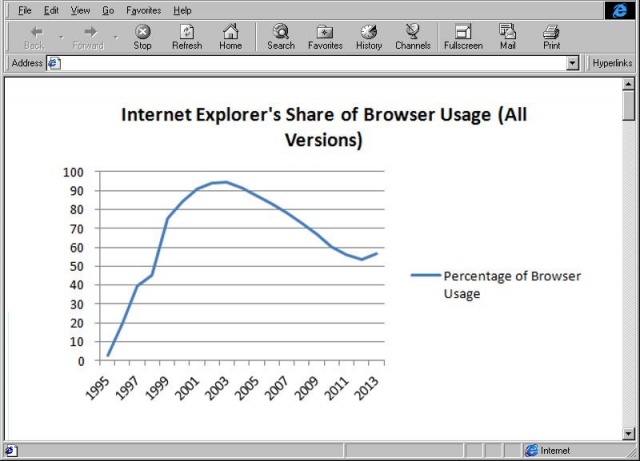
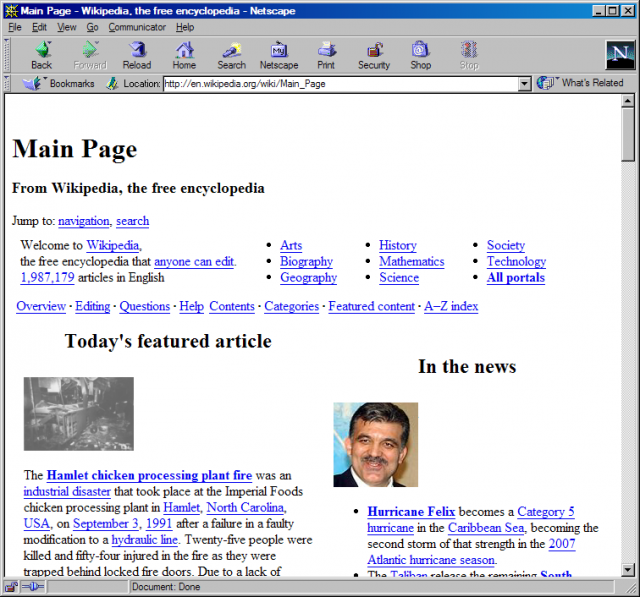
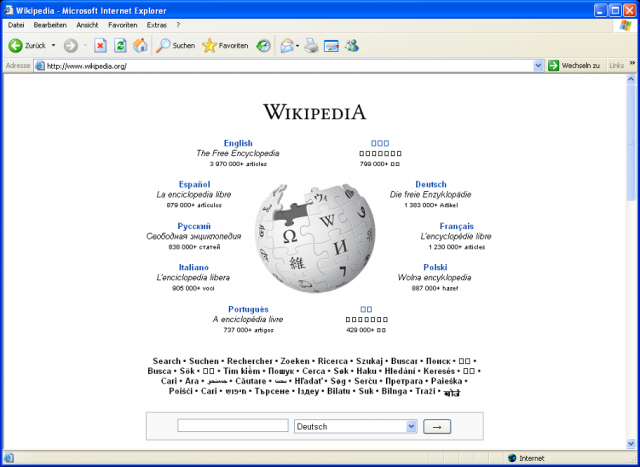
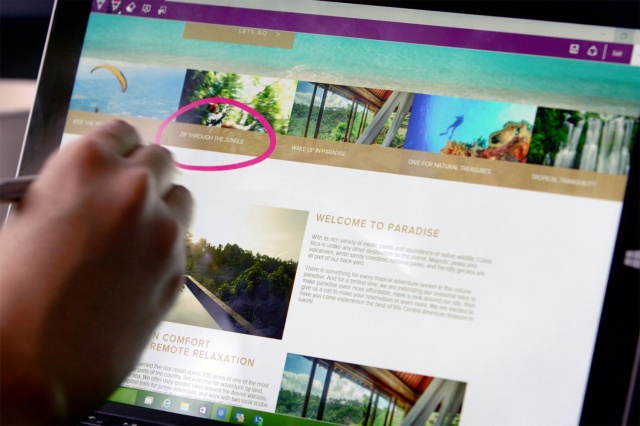
Leave a Reply
Want to join the discussion?Feel free to contribute!